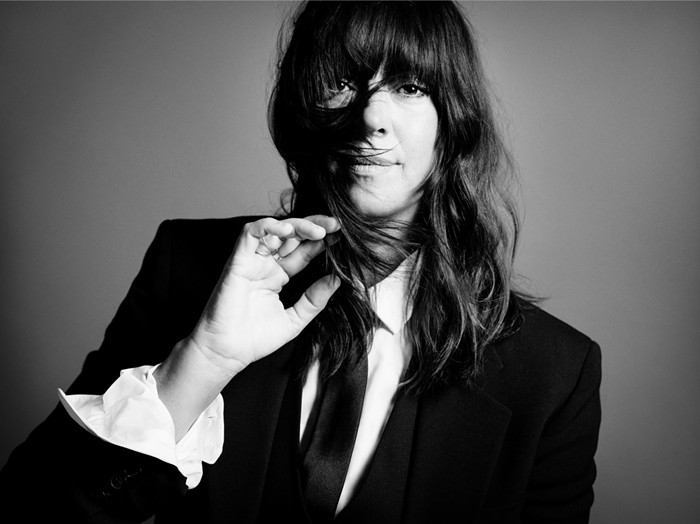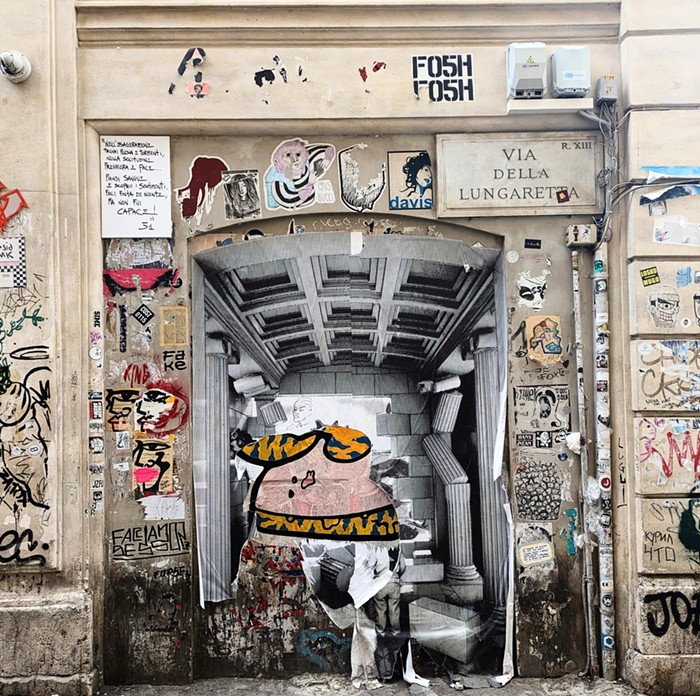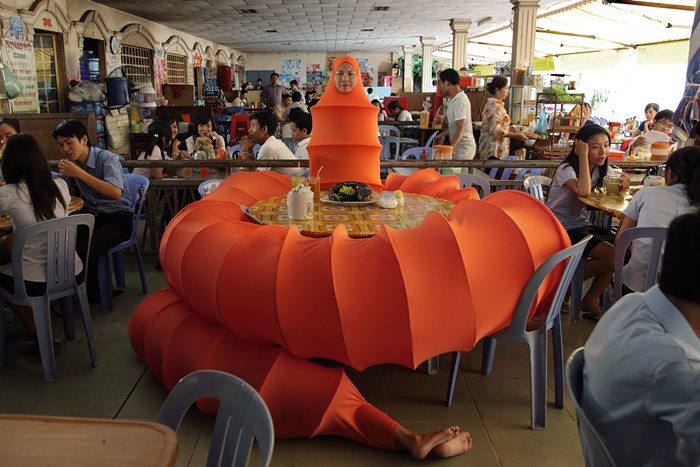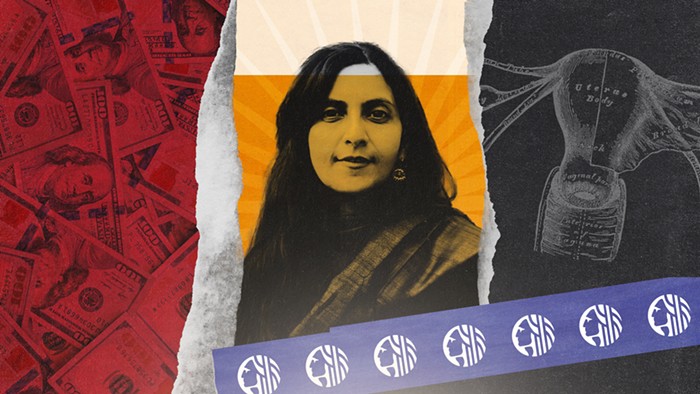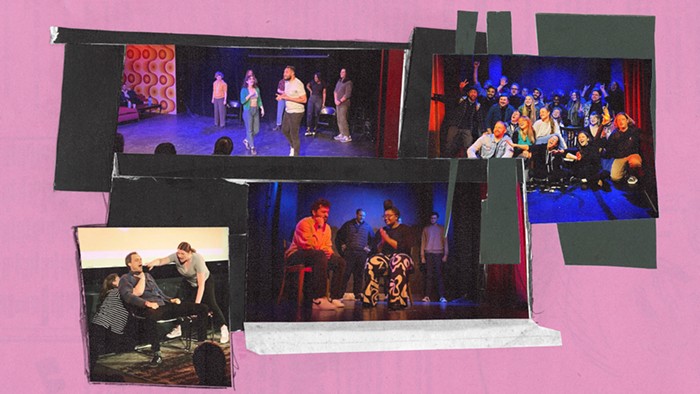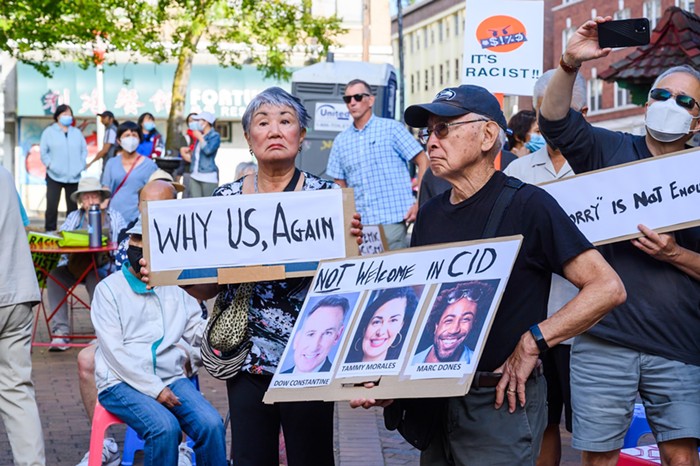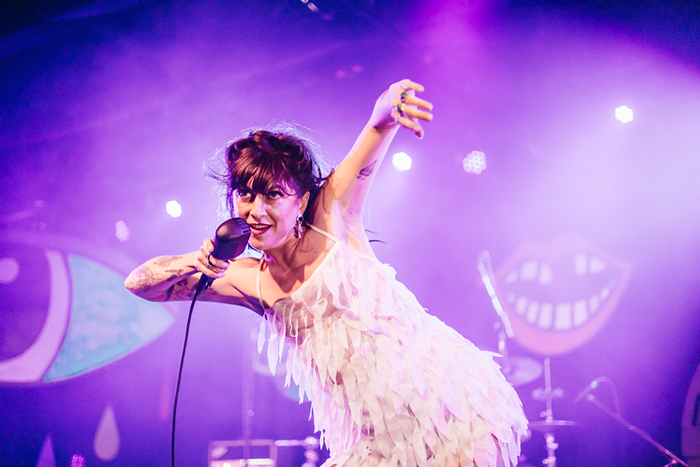While the artists of New York spent the 1920s and '30s duking it out over whose work was most American and most modern—soft-focus pictorialism went out, dada and precisionism came in—a group of three dozen Japanese immigrants in Seattle formed a camera club. They were not concerned solely with the conception of the modern artist. They had other concerns, too. For one, establishing that they were modern Americans. When Japanese Americans were imprisoned as traitors after Pearl Harbor, one of the first acts of the American government was to take away their cameras.
But from 1924 to 1929, the Seattle Camera Club flourished. (An earlier Seattle Camera Club, established in 1895, had long since dissolved.) Kyo Koike was the Alfred Stieglitz of the group. Where Stieglitz was a jet-setting promoter and intellectual, Koike was a doctor with offices at 422½ Main Street, in Japantown's Empire Hotel Building, where the club's monthly meetings were also held. He published the club's newsletter, Notan, named after the Japanese concept of harmonious balance between dark and light elements in design.
No critics sought to place their work in the shifting context of late-1920s modernism—when club members showed around the world, they were singled out as excellent pictorialists but criticized for being Japanese. Koike famously took on a critic who complained of their presence in a show's American category by pointing out (among other things) that the critic was a Czech immigrant.
But from the 198 pictures at the Henry Art Gallery through May 8—this wistful show is the most comprehensive to date (much material was lost or destroyed during the war)—it's clear that the club's aesthetics varied wildly. There is little technical orthodoxy, no one prevailing thickness of paper or format size. Some but not all of the pictures are composed and decorative, like patterned paintings. Virna Haffer is a showstopper, a bohemian surrealist in love with groovy distortions and naked men. Frank Kunishige made gauzy allegorical portraits including naked twins and Anna Pavlova. Hideo Onishi and Soichi Sunami take blurriness so far as to evoke the deliberately untrustworthy images of contemporary artists like Gerhard Richter, rather than Edward Steichen's pictorialist classics from a century ago.
Koike had a habit that would have pleased Marcel Duchamp and Andy Warhol: He had his pictures developed at the drugstore. He wasn't a darkroom fetishist. And while Koike believed photographs should be spare, like Japanese poems, his weren't always. One that strikes me is a snowcapped silo wrapped in scaffolding, standing tall in the center of the frame but far from isolated. Unruly buildings jut in on both sides while tiny blurs of houses climb a hill in the background, up into a haze that seems neither natural nor industrial, but mixed. ![]()
